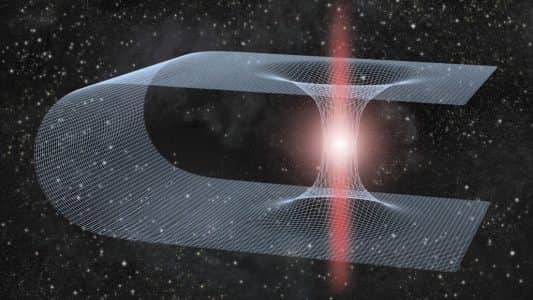Antarctic Sea Ice Increase Linked to Natural Variability - Dispatch Weekly
July 5, 2016 - Reading time: 3 minutes

Researchers have shown through a new study published in journal Nature Geoscience that there is a link between the recent increase in Antarctic sea ice and natural climate variability.
A team of scientists led by the National Center for Atmospheric Research (NCAR) has shown evidence that the negative phase of the Interdecadal Pacific Oscillation (IPO), which is characterized by cooler-than-average sea surface temperatures in the tropical eastern Pacific, has created favorable conditions for additional Antarctic sea ice growth since 2000.
The study does seem to offer an answer to the question of why despite increase in global temperatures is sea ice extent in Antarctic expanding? Scientists have said that this expansion might not last for long because as the IPO switches to a positive phase, the sea ice expansion will cease.
Previous satellite measurements have shown that there has been a slight increase in the sea ice surrounding Antarctica. But the rate of increase rose nearly five fold between 2000 and 2014, following the IPO transition to a negative phase in 1999. The new study finds that when the IPO changes phase, from positive to negative or vice versa, it touches off a chain reaction of climate impacts that may ultimately affect sea ice formation at the bottom of the world.
When the IPO transitions to a negative phase, the sea surface temperatures in the tropical eastern Pacific become somewhat cooler than average when measured over a decade or two. These sea surface temperatures, in turn, change tropical precipitation, which drives large-scale changes to the winds that extend all the way down to Antarctica.
The ultimate impact is a deepening of a low-pressure system off the coast of Antarctica known as the Amundsen Sea Low. Winds generated on the western flank of this system blow sea ice northward, away from Antarctica, helping to enlarge the extent of sea ice coverage.
“Compared to the Arctic, global warming causes only weak Antarctic sea ice loss, which is why the IPO can have such a striking effect in the Antarctic,” said Bitz. “There is no comparable natural variability in the Arctic that competes with global warming.”
Sifting through simulations
To test if these IPO-related impacts were sufficient to cause the growth in sea ice extent observed between 2000 and 2014, the scientists first examined 262 climate simulations created by different modeling groups from around the world.
When all of those simulations are averaged, the natural variability cancels itself out. For example, simulations with a positive IPO offset those with a negative IPO. What remains is the expected impact of human-caused climate change: a decline in Antarctic sea ice extent.
But for this study, the scientists were not interested in the average. Instead, they wanted to find individual members that correctly characterized the natural variability between 2000-2014, including the negative phase of the IPO. The team discovered 10 simulations that met the criteria, and all of them showed an increase in Antarctic sea ice extent across all seasons.
Scientists suspect that in 2014, the IPO began to change from negative to positive. That would indicate an upcoming period of warmer eastern Pacific Ocean surface temperatures on average, though year-to-year temperatures may go up or down, depending on El Niño/La Niña conditions. Accordingly, the trend of increasing Antarctic sea ice extent may also change in response.

DW Staff
David Lintott is the Editor-in-Chief, leading our team of talented freelance journalists. He specializes in covering culture, sport, and society. Originally from the decaying seaside town of Eastbourne, he attributes his insightful world-weariness to his roots in this unique setting.

_1.jpg)


